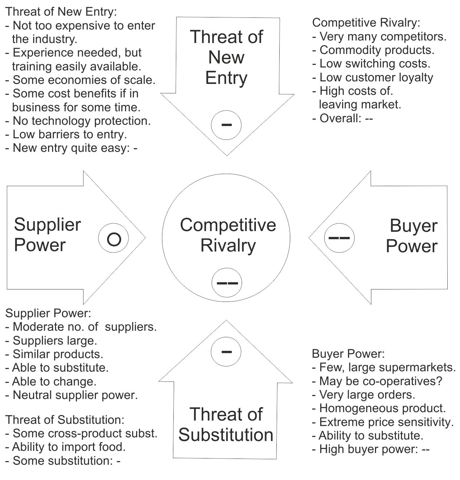Good day everyone, at
the last lecture we have completed the second chapter: Identifying Competitive
Advantages. In this chapter we were explained why competitive advantages are
typically temporary, described each five of the forces in Porter’s Five Forces
Model, comparing all the generic strategies and described the relationship
between business processes and value chain.
In order for a leader to run a company these days, the leader must
ensure that all of his employee are heading in the right direction and
completing their goals and objectives.
Identifying Competitive Advantages.
From what I understand,
competitive advantages are a piece of product or service that customer place a
greater value than they do on similar offerings from competitor. Competitive
advantages provide the same product or service either at a lower price or with
added value that can fetch the best price. However, competitive advantages are
typically temporary as competitors often seek ways to compete. Another
advantage is First mover advantages which means when an organization can
significantly influence its market share by being first to market with a
competitive advantage. For example, FedEx created a first mover advantage by
developing its customer self-service software that allows people to request
parcel pickups and track parcels online. Other company quickly began building
their own online company. Also, organizations watch their competition through
Environmental scanning which means the acquirement and analysis of events and
trends in the environment external to an organization.
The Five Forces Model
In this model, it
formally analyses the competitive forces within the environment in which a
company operates to assess the possibility for profitability.
The Three Generic Strategies
Organization follows
this strategic when entering a new market.
o Broad market and low cost – The business strategy is
to be low cost provider of goods for the cost conscious consumer.
o Broad market and high cost – its business strategy
offers a variety of specialty and upscale products to affluent consumers.
o Narrow market and low cost – Offer specific product
at low prices.
o Narrow market and high cost – its business strategy
allows it to be a high cost provider of premier product to affluent consumer.
Value Creation
Lastly, once an
organization chooses its strategy, it can use tools such as the value chain to
determine the success or failure of its chosen strategy.




No comments:
Post a Comment